When we hear the term graphic design, each of us has a different association. Some first thoughts are of web design and mobile applications, some think about business cards and brochures, and some think about packaging design and brand identity. Graphic design, as a communication skill, focuses on the visual interpretation of the message.
It can be psychic, digital, or anywhere in between. In today’s competitive world, graphic designing has become an integral part of every business. It plays an important role; by combining technology, aesthetics, and creative thinking, you can communicate your message, which will remain etched in the minds of your audiences.
What Type of Skills are Required Graphic Designer
Each type of graphic design requires a specific set of skills and design techniques. Many designers specialize in a single type; others focus on a set of related, similar types.
Although often overlapping, designers usually focus on a specific design area and build their skills for years. So don’t expect the web designer to do the top job of video editing as someone who has been doing this for years. This was just an example, but you get the point.
To help you better understand these niches and identify the right designer for your needs, here are ten types of graphic design skills and their corresponding job profiles:
1. Visual Identity Graphic Design
Every business, whether it’s small, medium or large, has a different story to tell. In order for their audience to hear their story, there is brand identity.
Key Skills:
- Broad knowledge of all types of graphic design
- Excellent communication, conceptual, and creative abilities
- A passion for researching industries, trends, and competitors
Visual identity designers often transition into marketing and advertising design. When creating a visual identity, they must always consider how it will integrate into future marketing campaigns.
2. User Experience (UX) Design
UX design focuses on enhancing the overall experience of users when they interact with a product or service. This is about usability, functionality, and emotional engagement. UX designers ensure that users can navigate websites, apps, or products seamlessly and intuitively.
Key Skills:
- Proficiency in wireframing and prototyping tools
- Knowledge of user testing and data analysis
- Strong problem-solving and collaboration abilities
A UX designer’s role often overlaps with web and product design for more versatility and in-demand skills in the industry.
3. Marketing & Advertising Graphic Design
This area of graphic design can be categorized into print and digital advertisements:
- Print Advertising: Includes posters, billboards, flyers, catalogs, packaging, and other materials produced via printing machines.
- Digital Advertising: Encompasses TV ads, mobile banners, video ads, social media posts, and even radio commercials.
Digital marketing and advertising graphic designers merge creativity with strategic thinking to connect brands with their audiences effectively. You can also design a printable poster to visually promote products or events effectively.
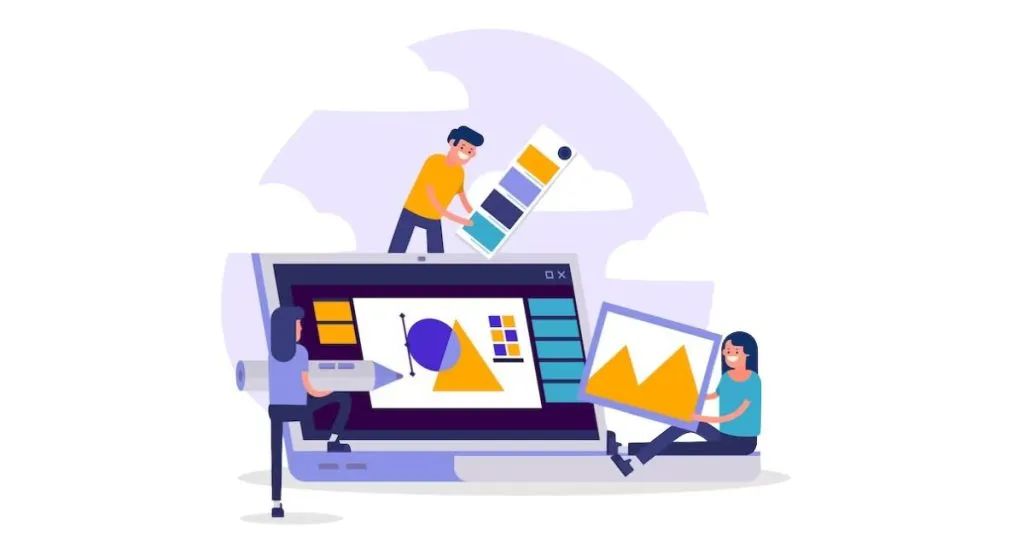
4. Web Design
The mobile industry is growing very fast. Companies have started delivering their content and services through apps. well-designed mobile app not only enhances aesthetics but also strengthens the relationship between the app and its users.
Key Skills:
- Understanding user experience (UX) and user interface (UI) principles
- Expertise in designing elegant interfaces and perfect icons
- Knowledge of the latest trends in app and web design
5. Publication Design
Graphic designers who specialize in publications work with editors and publishers to create layouts with carefully selected typography and accompanying the artwork, which includes photography, graphics, and illustrations.
Publication designers can work as freelancers, as creative agency members, or in-house as part of a publishing company.
Key Skills:
- Communication, layout, and organizational expertise
- Knowledge of color management, printing, and digital publishing processes
6. Packaging Graphic Design
The packaging has a dual role, to protect the product while storing, distributing, and selling and also to communicate directly to consumers, which makes it an extremely valuable marketing tool. Packaging designers create concepts, develop mockups, and create print-ready files for a product. This requires expert knowledge of print processes and a keen understanding of industrial design and manufacturing.
Key Skills:
- Expert knowledge of printing processes
- Familiarity with industrial design and manufacturing
- The ability to create standout packaging that attracts consumers
They have to keep track of trends and competition. Imagine that a product is found in a retail store next to its competition in the same color and shape; it doesn’t stand out at all, and the consumer will find it harder to spot it or not notice it at all.
7. Motion Graphic Design
Motion graphic design has become a real trend; there is a growing demand among companies to display their products and services with short animations. Except for marketing purposes, animations are used in video games, applications, banners, animated texts, subtitles, and much more.
Key Skills:
- Expertise in animation tools and software
- Strong storytelling and visual communication abilities
- Adaptability to work across different digital platforms
The huge popularity nowadays has a gif that is eminently spread among young people. “Motion graphics designer” is a somewhat new specialty for designers, and can be found across all digital platforms, which has created all sorts of new areas and opportunities.
8. Environmental Graphic Design
Whether you are talking about office branding, public transportation navigation, or retail store interiors, environmental graphic design visually connects people to places to improve their overall experience by making spaces more memorable, interesting, informative, or easier to navigate.
Key Skills:
- Knowledge of graphic, architectural, and industrial design
- The ability to read and sketch architectural plans
- Collaborative experience with multidisciplinary teams
Environmental graphic design is a multidisciplinary practice that merges graphic, architectural, interior, landscape, and industrial design. Designers collaborate with people in any number of these fields to plan and implement their designs.
9. Illustration
There is a difference between a graphic designer and a graphic artist. Graphic designers create compositions to communicate and solve problems, and graphic artists create original artwork. Graphic artists use any combination of media and techniques to create their work as they collaborate with writers, editors, managers, marketers, and art directors across all graphic design types.
Key Skills:
- Background in fine arts, animation, or architecture
- Proficiency in traditional and digital art tools
- The versatility to overlap with other graphic design areas
They’ll often have a foundation in fine arts, animation, or architecture. Overlapping skills and apps make it possible to find graphic designers who also work as graphic artists and illustrators.
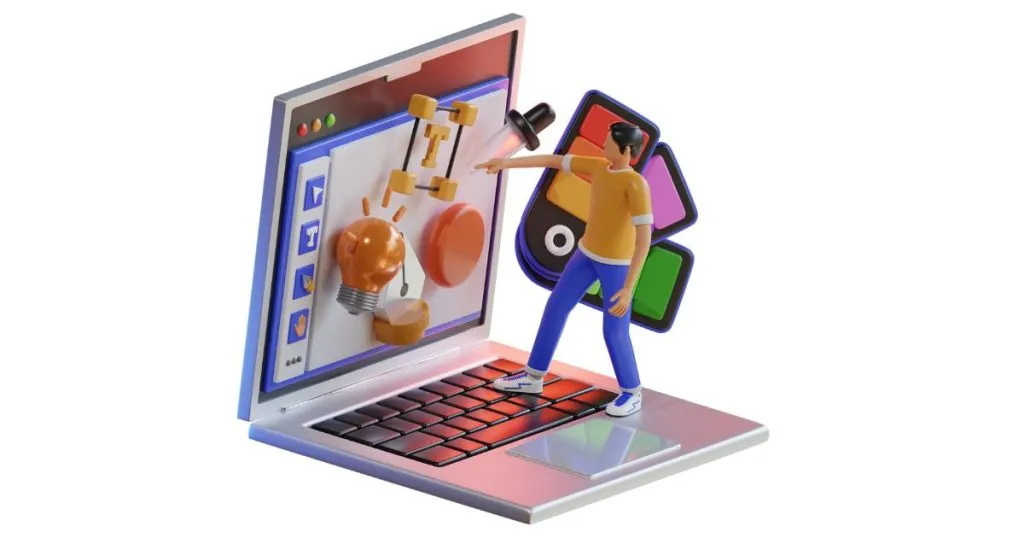
10. Typography
Typography design focuses on the art of arranging text in a visually appealing and readable way. From logo creation to publication design, typography plays a crucial role in establishing brand identity and conveying messages effectively.
Key Skills:
- Deep understanding of typefaces and font pairing
- Expertise in kerning, leading, and tracking adjustments
- Creativity in designing custom fonts and lettering
Typography designers are often sought after to create unique, branded visuals that set businesses apart in a competitive market.
Final Thoughts
These are the details about different types of graphic design skills and how they can impact your job profile. I have mentioned all the key points so that you can better understand them and work to maximize your chances of grabbing high end opportunities by creating stunning images and infographics.
It would be best if you understand your core abilities and work on them to improve them. Besides, establish your unique style so that you can make your mark in this competitive market. Grab the knowledge of design, architecture, and industrial designs to cover a larger marketplace.





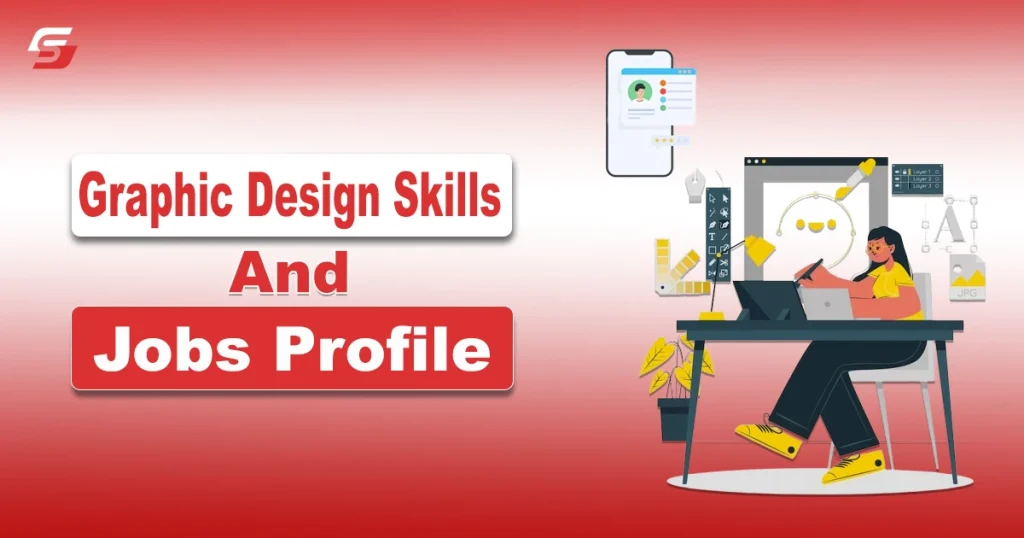
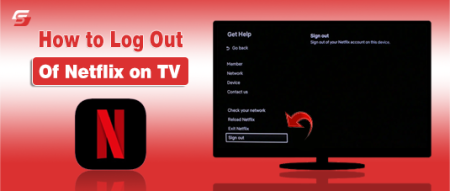


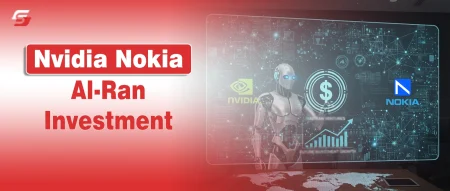

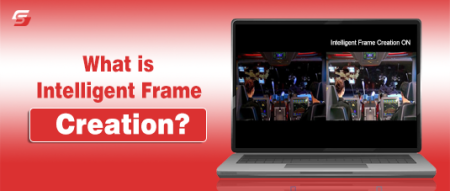
1 Comment
Pingback: 10 Different Hobby Ideas for Creative Expression